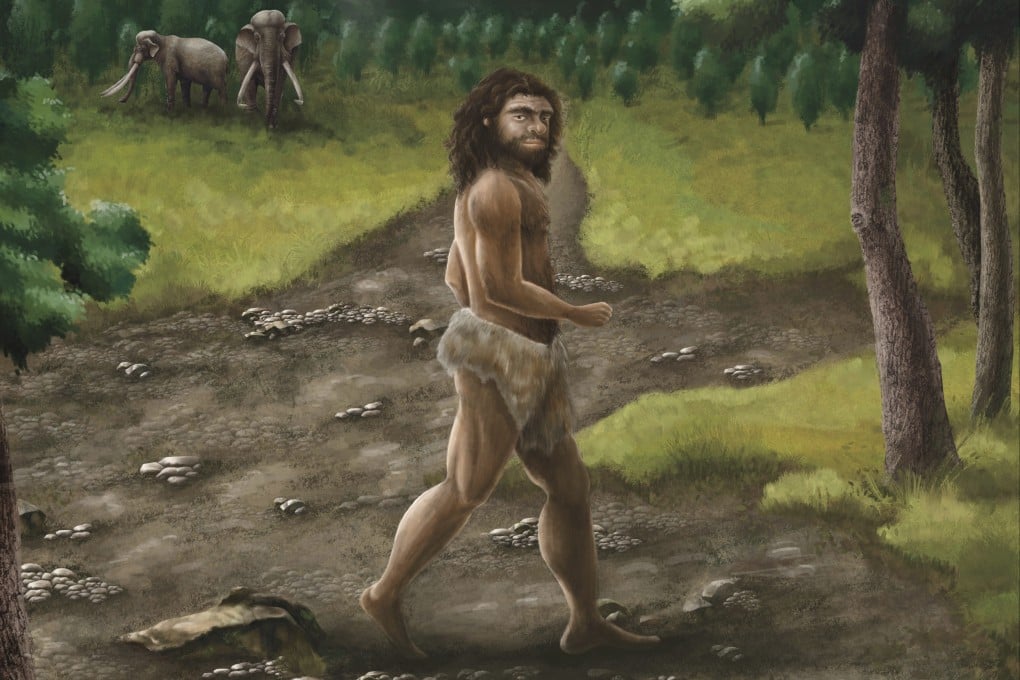Denisovans first discovered in Russia reached Taiwan Strait, fossil gene evidence suggests
The discovery of archaic human jawbone shatters assumptions about the geographic limits of the Denisova hominin

In a discovery that may rewrite the map of human prehistory, fossilised genetic evidence has revealed that the Denisovans – an elusive counterpart of the Neanderthals – ventured far beyond their Siberian origins, reaching the subtropical shores of the Taiwan Strait.
Published in Science on Friday, the identification of a male Denisovan jawbone aged 130,000–190,000 years from the seabed in the Penghu Channel marks the first direct proof of their presence in the region, shattering assumptions about their geographic limits.
The fossil, dubbed Penghu 1, not only underscores these archaic humans’ astonishing adaptability to diverse climates – from frigid Siberian caves to balmy Southeast Asian coastlines – but also strengthens the genetic link between Denisovans and modern Asian populations, who today carry a DNA legacy from these forebears.

As the farthest-reaching Denisovan fossil ever found, Penghu 1 challenges classical migration narratives and shows how these ancient cousins shaped humanity’s evolutionary story.
Last year, National Science Review reporters posed a sharp and vital question to Svante Paabo, recipient of the 2022 Nobel Prize in Physiology or Medicine for groundbreaking discoveries in the field of ancient human genomes and human evolution: “What could be the next breakthrough in ancient human genomics?”
The professor’s answer was very concise: the Denisovans – an enigmatic relative of modern humans.
Unlike the widely studied Neanderthals, the first Denisova hominin skeletal fossils were discovered by Russian scientists in the Denisova Cave in the Altai Mountains in 2008, leading to their naming in 2010.